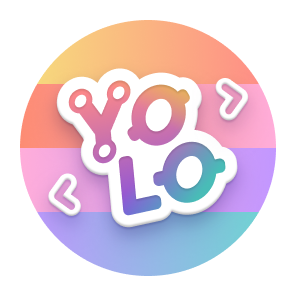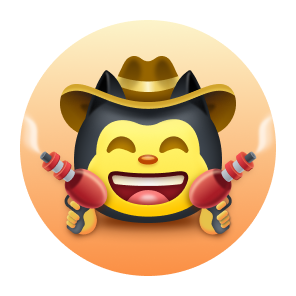Greetings and welcome to my Github repository, my name is Raúl Fernández Díaz and I'm a PhD Student working under the supervision of Prof. Denis Shields (UCD Conway Institute) and Thanh Lam Hoang (IBM Research) on Foundation Models for Protein Representation Learning. I hold a BSc. in Biotechnology and a MSc. in Bioinformatics, which allow me to tackle the complex idiosyncrasies of working at the interface between computation, statistics, biology, and chemistry with a holistic approach. In this repository, you may find some projects I am working on.
This subsection covers several self-contained projects around the application of ML algorithms to different predictive problems in biochemistry:
- BioBrigit: a project I've developed during my master thesis to predict metal ion diffusion pathways within proteins, you can check the paper pre-print and the Github Repository.
One of my professional focuses is the application of novel Foundation Models on the fields of biochemistry and drug discovery (like Protein Language Models) for accelerating scientific discovery, particularly evaluating and improving their generalisation to new data. This section contains my work in that area:
- AutoPeptideML: an end-to-end, user-friendly application and web service that enables experimental researchers to build their own custom models for peptide bioactivity prediction for drug discovery. There is a dedicated webserver and a Github Repository. There is more information available on the paper.
- Hestia-GOOD: a suite of tools for analysing the ability of predictive models to generalise to out-of-distribution data (OOD). There is a Github Repository. The paper has been accepted for ICLR2025, you can check it out here.
The main focus of my thesis is the development of new Foundation Models for Biochemistry. Here are some of the projects, I've been working on:
- Otter-Knowledge: a system that allows for generating multi-modal knowledge graphs from diverse sources and training GNNs on them for enhancing entity representation. The approach has been developed with biochemical applications in mind, particularly for drug discovery. Early results show improved performance on protein-ligand binding affinity prediction in three different benchmark datasets. More information in the AAAI paper and the Github Repository.
One important step on Bioinformatics tool development is making them accesible to users that may not have a computational background and, therefore, require user-friendly deployment.
- ShieldsLab webserver: This webserver can be accessed at the http://peptide.ucd.ie and contains the main Bioinformatics tools developed in the group.
- ShieldsLab website: Not technically a webserver, but I also work on maintaining the group website, which can be accessed from this link.
Though my professional focus is on AI development, I also find scientific communication and teaching fascinating. Here are some of the projects related to that aspect of my work.
- VII SECUAH Congress: Workshop titled "Aprendizaje profundo en biomedicina" - Deep Learning on Biomedicine. I've taught a cohort of biosciences students (undergrad and graduate) about artificial intelligence, machine learning, and deep learning techniques and how to apply them to biomedical research with a guided practical example where every student was able to build their own deep convolutional neural network for diagnosing skin lessions as either bening or cancerous. Materials can be found in this Github Repository.
- IX SECUAH Congress: Workshop titled "Modelos que aprenden el lenguaje de las moléculas" - Models that learn the language of molecules. The guided practical example allowed every student to finetune MolFormer-XL to build their own small molecule toxicity predictive model. Materials can be found in this Github Repository.


